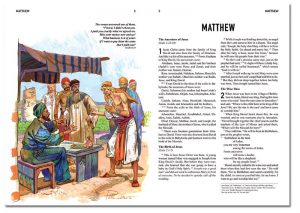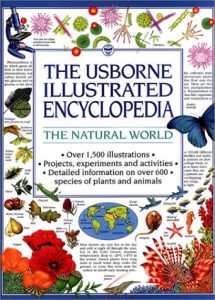Shaun Tan’s graphic narrative contains no words… here’s what I think about it:
- As we discussed in class today, by including no words, readers are forced to propel the story forward in their own minds, using their own experiences and memories. This method makes for a much more active and participatory reading experience – something especially essential for a narrative portraying the struggles and triumphs of immigration.
- Perhaps this is a stretch, but by including no words, Shaun Tan is forcing readers to do what his protagonist is doing… which is adjusting or assimilating to a new culture and therefore using the visual to communicate. Language is no option for a foreigner, thus Tan is forcing readers to “adjust” to understand the story just as his protagonist does.
- Without words, The Arrival can be a different story every time it is read. Depending upon how you view the pictures or the perspective you decide to bring, the book can bring about a different meaning every single time. I love it.



